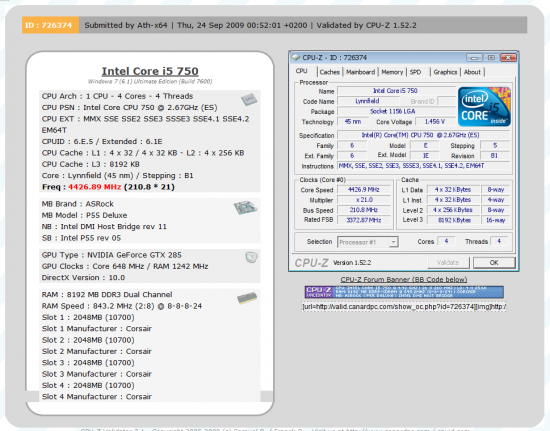
To avoid most issues, you need to make sure you regularly maintain your system, both physically and digitally. Running the graphics card on games with incompatible software drivers.Overheating caused by broken or worn bearings on the cooling fans.Overheating caused by too much dirt or debris stuck on the cooling-components.Moisture buildup on the card causing component damage.Static overload while installing the graphics card.Incompatible installation of the graphics card.GPU components failing prematurely due to faulty manufacturing.

Here are a few reasons a GPU can completely die: However, you might be able to rule out a dead card if you understand what causes them to fail in the first place. Most of the time, you know that your card has died when you can’t reboot your system. If there’s fire, it’s probably not going to be fixable with a software issue. You might not find out that your GPU has died until your computer crashes mid-game or when smoke starts coming out of your computer case. We’ll walk you through the process, so you know exactly how to tell if your GPU is dying. However, to diagnose a dying GPU, you need to do further inspection. Instead of spending hundreds of dollars on a brand-new GPU or waiting months to receive your card back on its warranty, you can usually fix minor issues at home. That doesn’t mean the card has failed – it could be software related!Įven if you’re using a graphics card that is only a few years old, you may be experiencing hiccups with performance, and be convinced to replace the card.

There are thousands of forum posts online that claim a graphics processing unit (GPU) – also called a graphics card – is dying because you’re experiencing minor graphic glitches.




 0 kommentar(er)
0 kommentar(er)
